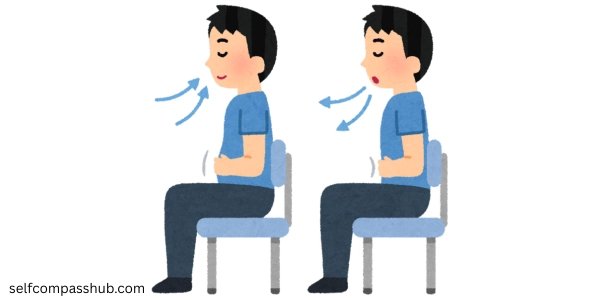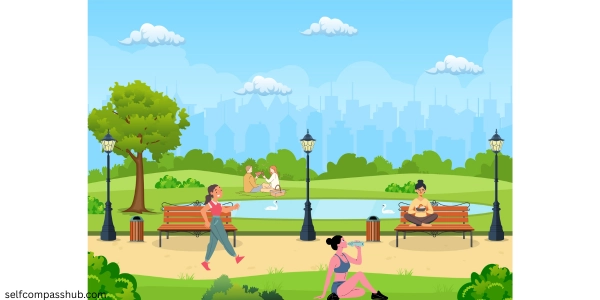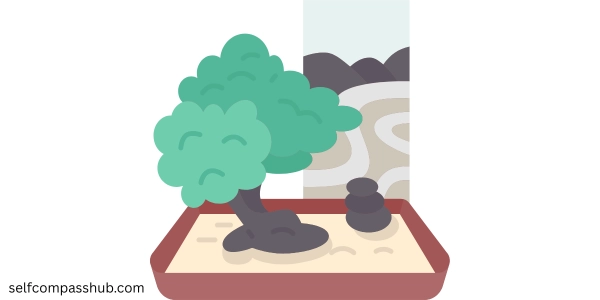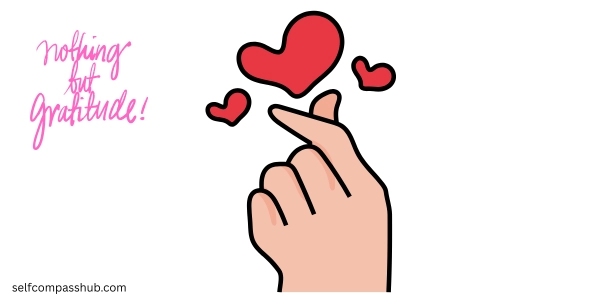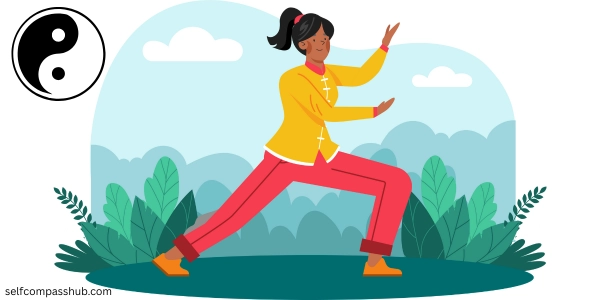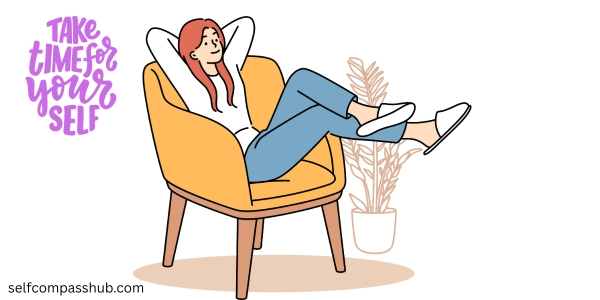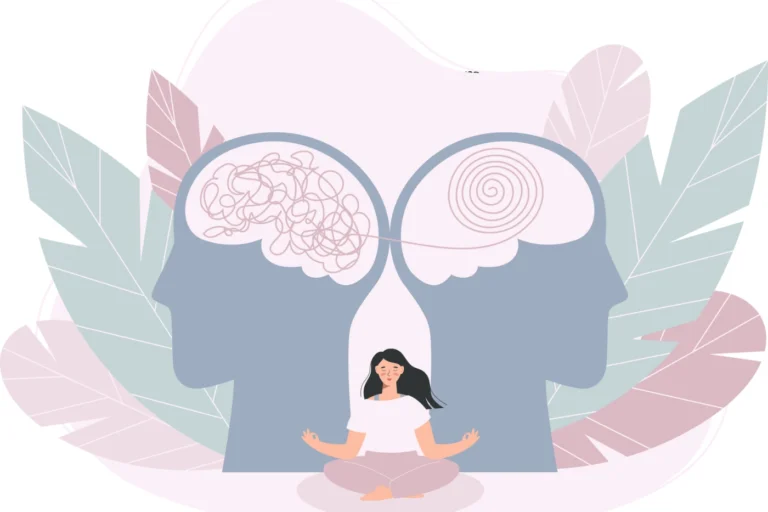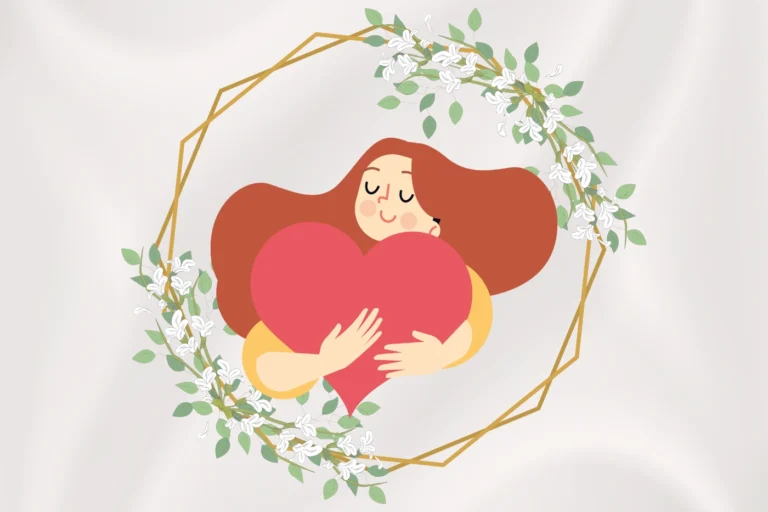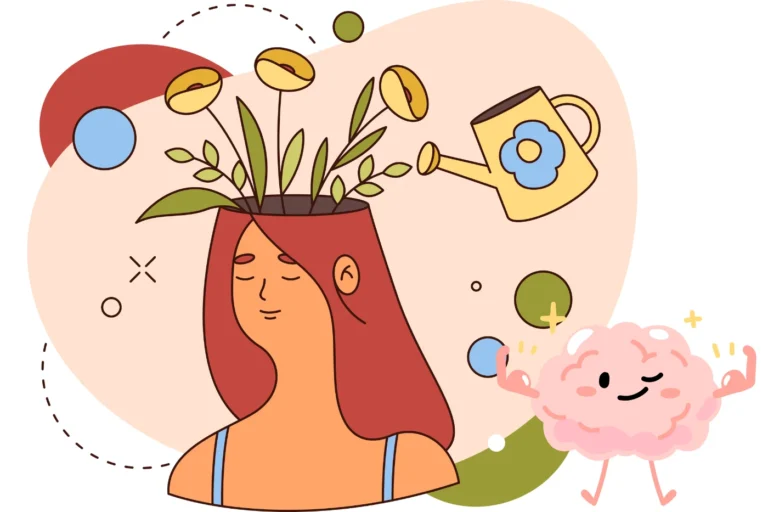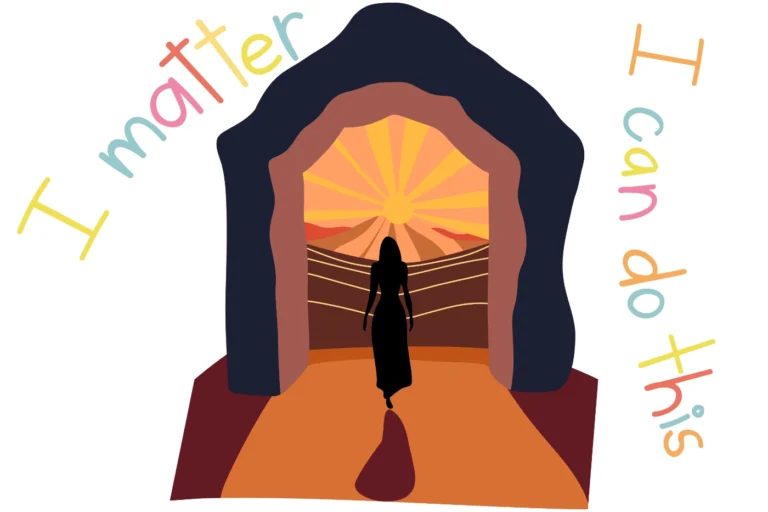In our constantly connected world of notifications, deadlines, and endless to-do lists, inner peace often feels like a distant luxury rather than a daily necessity. Yet the ability to find calm within ourselves isn’t just nice to have – it’s essential for our mental health, emotional wellbeing, and our capacity to live fulfilling lives.
Inner peace isn’t about escaping reality or avoiding life’s challenges. Rather, it’s about developing the inner resources to meet those challenges with clarity, compassion, and resilience. It’s about creating a sanctuary within yourself that remains steady even when the world around you is in chaos.
In this post, I’ll share practical steps that have helped me and countless others find that elusive sense of inner calm. These aren’t complicated techniques requiring years of practice – they’re simple approaches you can begin implementing today.
1. Start With Your Breath
The breath is our most accessible tool for immediate calm. When we’re anxious or overwhelmed, our breathing becomes shallow and rapid. By consciously slowing and deepening your breath, you can activate your parasympathetic nervous system – the body’s natural relaxation response.
Simple practice: Set aside 5 minutes daily for conscious breathing. Sit comfortably, place one hand on your belly, and breathe deeply so that your hand rises with each inhale. Count slowly to four as you inhale, hold briefly, then exhale for a count of six. Feel the tension melting away with each exhale.
2. Declutter Your Space and Mind
Our external environment often reflects our internal state. A cluttered space can lead to a cluttered mind, while an organized environment promotes mental clarity.
Simple practice: Choose one small area of your home to declutter today. As you sort through items, ask yourself: “Does this bring me joy or serve a purpose?” If not, let it go. Then apply the same principle to your thoughts and commitments. Which mental patterns or obligations no longer serve you?
3. Practice Mindful Presence
Much of our distress comes from dwelling on the past or worrying about the future. Mindfulness anchors us in the present moment, where peace is always available.
Simple practice: Choose one daily activity – whether eating breakfast, washing dishes, or walking to work – and perform it with complete attention. Notice the sensations, sounds, and experiences without judgment. When your mind wanders (and it will), gently bring it back to the present.
4. Limit Digital Consumption
The constant stream of information, news, and social comparison can hijack our peace. Creating boundaries around technology use is essential for mental well-being.
Simple practice: Designate specific tech-free times daily – perhaps the first hour after waking and the last hour before sleep. Use this time for self-reflection, connection with loved ones, or simply being with yourself without digital distractions.
5. Connect With Nature
Nature has a remarkable ability to restore our sense of perspective and calm. Even brief contact with the natural world can reduce stress hormones and improve mood.
Simple practice: Spend at least 15 minutes outdoors daily, regardless of weather. Walk barefoot on grass, sit under a tree, or simply look up at the sky. Notice how your body responds to being in natural settings.
6. Cultivate Forgiveness
Holding onto resentment is like drinking poison and expecting the other person to suffer. Forgiveness – of others and yourself – is a powerful path to inner liberation.
Simple practice: Identify one person (which might be yourself) you’re holding resentment toward. Write a letter expressing your feelings that you don’t need to send. End with words of forgiveness. Notice if there’s any shift in how you feel.
7. Embrace Simplicity
We often complicate our lives unnecessarily, creating stress through excessive commitments, possessions, or expectations. Simplicity creates space for peace to flourish.
Simple practice: Ask yourself: “What is truly essential in my life?” Make a list of your top five priorities and consider how you might simplify everything else. Remember that saying “no” to what doesn’t matter allows you to say “yes” to what does.
8. Practice Gratitude
Gratitude shifts our attention from what’s lacking to what’s present, creating an immediate sense of sufficiency and peace.
Simple practice: Each evening, write down three things from your day that you’re grateful for. Include small moments – a friendly smile, a delicious meal, a moment of laughter. Over time, you’ll train your mind to notice the good that surrounds you.
9. Move Your Body Mindfully
Physical tension often accompanies mental distress. Gentle, mindful movement releases this tension while creating harmony between body and mind.
Simple practice: Try gentle yoga, tai chi, or simply stretching for 10 minutes daily. Focus on the sensations in your body rather than performance or appearance. Notice how movement can be a form of meditation.
10. Create Quiet Time
In our noisy world, silence has become scarce yet remains essential for inner peace. Regular periods of quiet allow the mind to settle and wisdom to emerge.
Simple practice: Schedule 10-15 minutes of silence daily. This isn’t about meditation techniques – simply sit quietly and allow yourself to be. Notice thoughts as they arise, but don’t follow them. Return to the quiet presence beneath the mental chatter.
Finding Your Path to Peace
Remember that inner peace isn’t a destination but a practice. Some days will feel more peaceful than others, and that’s perfectly normal. The goal isn’t perpetual bliss but developing the capacity to return to center when life throws you off balance.
Start small – perhaps with just one practice that resonates with you – and notice how it affects your day. Over time, these simple practices accumulate into profound shifts in how you experience life.
Inner peace isn’t about escaping your life but about being fully present for it – with all its joys and challenges. As you cultivate peace within yourself, you’ll discover that you’re more available to others, more creative in your work, and more alive to the wonder of being human.
What step will you take today toward finding your inner peace?

